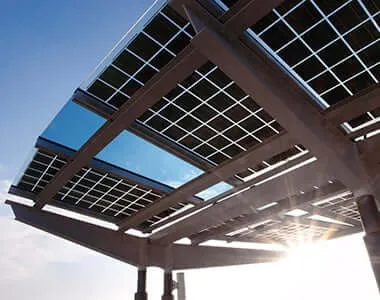Exploring Common Size Specifications and Measurements of Solar Panel Designs for Efficient Installation
Standard Dimensions of Solar Panels
As the demand for renewable energy continues to soar, solar panels have become a popular choice for harnessing sunlight to generate electricity. Understanding the standard dimensions of solar panels is crucial for both residential and commercial users, as it influences installation, energy output, and overall efficiency.
Solar panels come in various sizes and configurations, but there are some prevailing standards that most manufacturers adhere to. The most common type of solar panels used in residential systems is the monocrystalline solar panel. These panels typically measure about 65 inches by 39 inches (approximately 1.65 meters by 1 meter). The dimensions are designed to maximize sunlight exposure while allowing for efficient energy production.
Standard Dimensions of Solar Panels
For commercial installations, larger solar panels are frequently used to accommodate higher energy demands. These panels can come in dimensions of around 78 inches by 39 inches (approximately 1.98 meters by 1 meter). The increased size and surface area allow commercial users to maximize energy production without needing to install an excessive number of panels.
standard dimensions solar panels

One factor influencing the dimensions of solar panels is the efficiency of the photovoltaic (PV) cells they contain. Monocrystalline panels are known for their higher efficiency rates, averaging around 15-22%. This means they can produce more electricity in a smaller area when compared to polycrystalline panels, which usually range from 13% to 16% in efficiency. As a result, households with limited roof space might prefer monocrystalline panels despite their generally higher cost.
When planning solar panel installations, users must consider not only the dimensions of the panels but also their wattage output. Most standard panels produce between 250 to 400 watts of power, depending on their size and efficiency. As solar technology advances, newer models tend to generate more power within the same physical dimensions, which is an important factor for maximizing energy production and minimizing installation space.
Moreover, it’s essential to account for the necessary spacing between panels during installation. Gaps are often required for ventilation and to ensure that panels are not positioned too closely, which can impede efficiency. The standard installation setup will typically allocate about 3 to 4 inches of spacing around each panel.
Lastly, while standard dimensions provide a useful guideline, the needs of each installation can vary significantly based on factors such as local regulations, roof size, and specific energy requirements. Therefore, it’s advisable for prospective solar panel users to consult with a professional installer who can provide tailored advice on panel selection and installation methods.
In conclusion, understanding the standard dimensions of solar panels is vital for anyone interested in adopting solar energy. With typical sizes for residential use ranging from 65 to 66 inches in length and varying wattage outputs, choosing the appropriate panel ensures efficient energy production. These considerations, along with expert installation strategies, enable users to harness the full benefits of solar energy, paving the way for a sustainable future.
-
Unlocking Energy Freedom with the Off Grid Solar InverterNewsJun.06,2025
-
Unlock More Solar Power with a High-Efficiency Bifacial Solar PanelNewsJun.06,2025
-
Power Your Future with High-Efficiency Monocrystalline Solar PanelsNewsJun.06,2025
-
Next-Gen Solar Power Starts with Micro Solar InvertersNewsJun.06,2025
-
Harnessing Peak Efficiency with the On Grid Solar InverterNewsJun.06,2025
-
Discover Unmatched Efficiency with the Latest String Solar InverterNewsJun.06,2025







